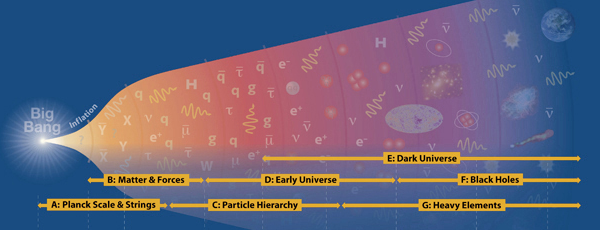Spin structure of heavy-quark hybrids
Keywords
No keywords
Abstract
A unique feature of quantum chromodynamics (QCD), the theory of strong interactions, is the possibility for gluonic degrees of freedom to participate in the construction of physical hadrons, which are color singlets, in an analogous manner to valence quarks. Hadrons with no valence quarks are called glueballs, while hadrons where both gluons and valence quarks combine to form a color singlet are called hybrids. The unambiguous identification of such states among the experimental hadron spectrum has been thus far not possible. Glueballs are particularly difficult to establish experimentally since the lowest lying ones are expected to strongly mix with conventional mesons. On the other hand, hybrids should be easier to single out because the set of quantum numbers available to their lowest excitations may be exotic, i.e., not realized in conventional quark-antiquark systems. Particularly promising for discovery appear to be heavy hybrids, which are made of gluons and a heavy-quark-antiquark pair (charm or bottom). In the heavy-quark sector systematic tools can be used that are not available in the light-quark sector. In this paper we use a nonrelativistic effective field theory to uncover for the first time the full spin structure of heavy-quark hybrids up to 1/m2-terms in the heavy-quark-mass expansion. We show that such terms display novel characteristics at variance with our consolidated experience on the fine and hyperfine splittings in atomic, molecular and nuclear physics. We determine the nonperturbative contributions to the matching coefficients of the effective field theory by fitting our results to lattice-QCD determinations of the charmonium hybrid spectrum and extrapolate the results to the bottomonium hybrid sector where lattice-QCD determinations are still challenging.





